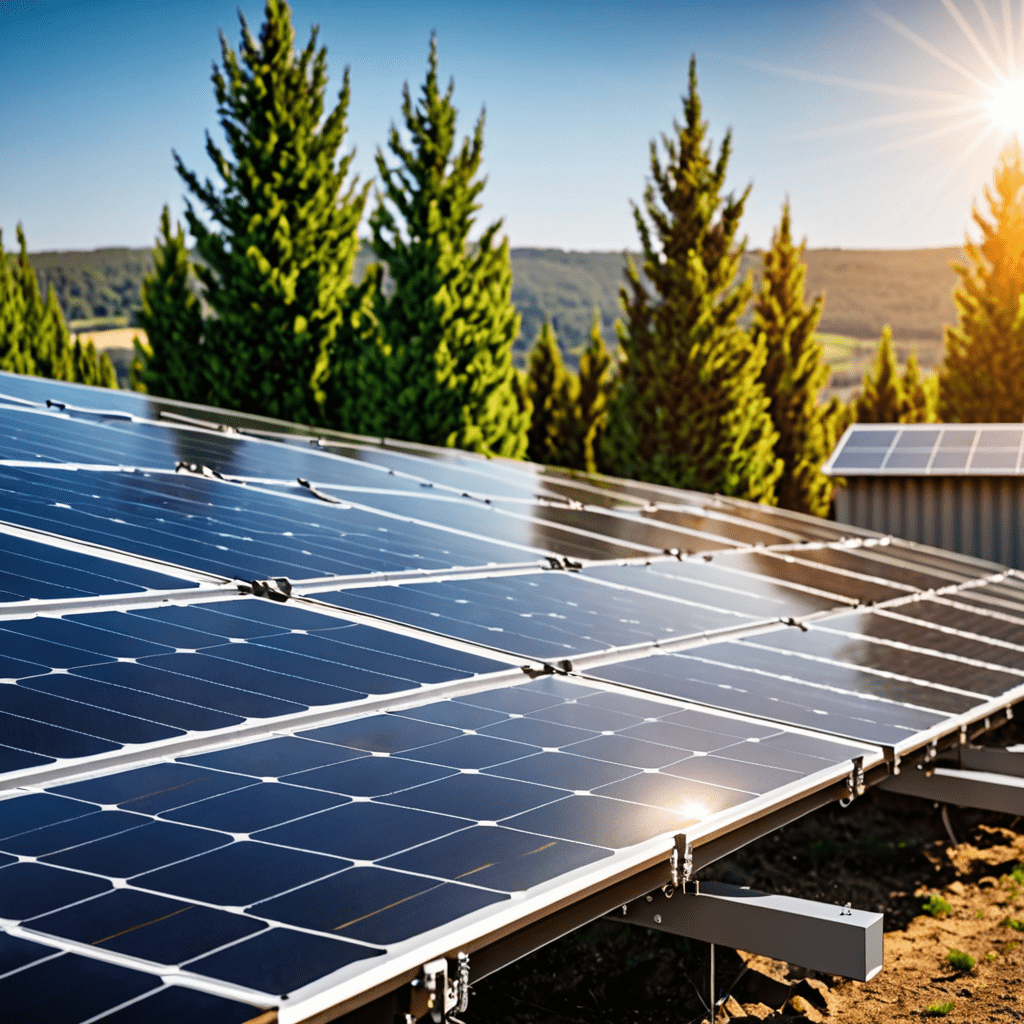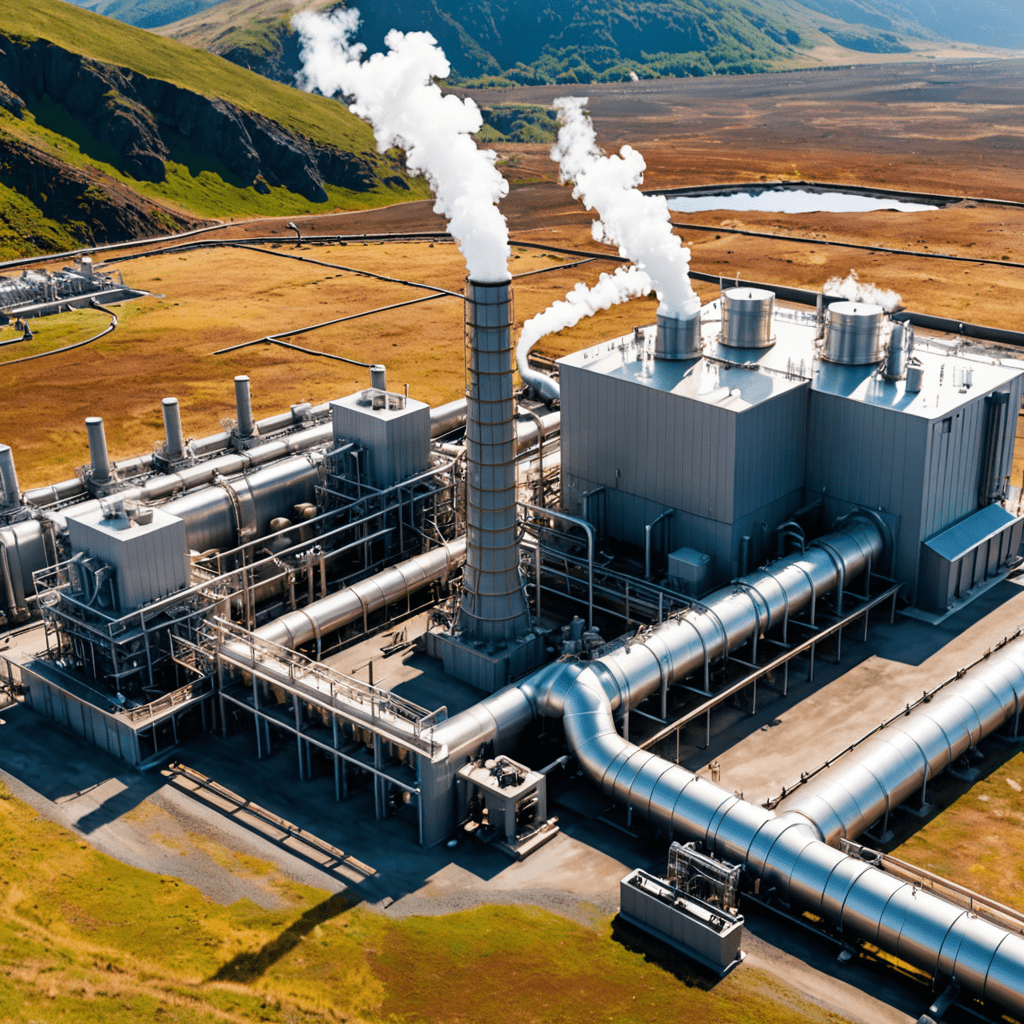Biomass Energy Production Methods
Introduction to Biomass Energy
Biomass energy is a renewable energy source derived from organic materials such as wood, crop residues, and animal waste. This type of energy production plays a crucial role in reducing greenhouse gas emissions and promoting sustainability.
Types of Biomass Energy Production
There are various methods for producing biomass energy, including combustion, gasification, anaerobic digestion, and pyrolysis. Each method has its unique process and benefits in converting biomass into usable energy.
Combustion
Combustion is one of the most common methods of biomass energy production. It involves burning organic materials to produce heat, which can then be used for generating electricity or heating spaces. This process releases carbon dioxide but is considered carbon-neutral as long as new plants are grown to replace the harvested biomass.
Gasification
Gasification is a thermochemical process that converts biomass into a combustible gas mixture known as syngas. This syngas can be used to generate electricity, produce biofuels, or even as a chemical feedstock. Gasification is efficient and helps in reducing waste while producing energy.
Anaerobic Digestion
Anaerobic digestion involves the breakdown of organic materials by microorganisms in the absence of oxygen. This process produces biogas, primarily methane, which can be used for heating, electricity generation, or as a vehicle fuel. Anaerobic digestion not only generates energy but also helps in waste management and reduces methane emissions from decaying organic matter.
Pyrolysis
Pyrolysis is a thermal decomposition process that breaks down biomass into bio-oil, syngas, and biochar. Bio-oil can be further refined into biofuels, syngas can be used for energy generation, and biochar can improve soil fertility. Pyrolysis is a versatile method that can produce a range of valuable products from biomass.
Conclusion
Biomass energy production methods play a vital role in the transition towards renewable energy sources and reducing dependence on fossil fuels. By harnessing the energy potential of organic materials, we can create a more sustainable and environmentally friendly energy landscape for the future.
FAQs about Biomass Energy Production Methods
What are Biomass Energy Production Methods?
Biomass energy production methods involve converting organic materials into energy. This can be done through processes like combustion, gasification, anaerobic digestion, and pyrolysis.
How is Biomass Converted into Energy?
Biomass is converted into energy through various methods such as burning organic matter to produce heat or electricity, fermenting biomass to create biofuels, or converting biomass into biogas through anaerobic digestion.
What are the Benefits of Biomass Energy Production?
Biomass energy production is considered renewable as organic materials can be replenished. It helps reduce greenhouse gas emissions, provides energy security, creates jobs in the renewable energy sector, and helps manage waste by utilizing organic materials.
Are there Different Types of Biomass Energy Production Methods?
Yes, there are different methods including direct combustion for heat and power generation, gasification for producing syngas, anaerobic digestion for biogas production, and pyrolysis for converting biomass into bio-oil.
Is Biomass Energy Production Environmentally Friendly?
Biomass energy production can be considered environmentally friendly as it often utilizes organic waste materials that would otherwise decompose and release greenhouse gases. However, careful management is needed to ensure sustainability and to minimize negative



